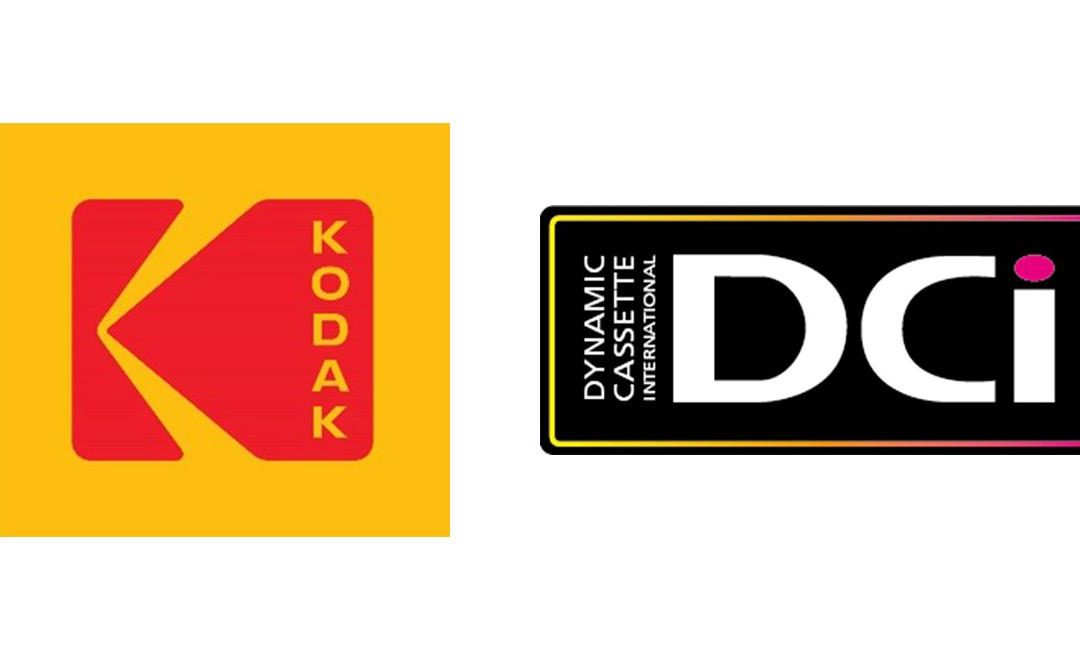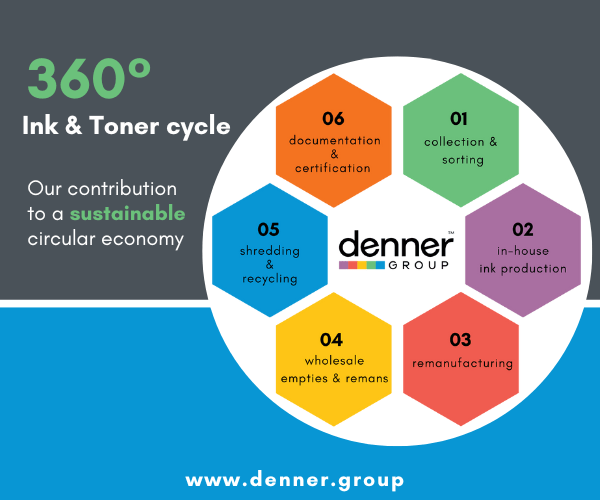 Kessler Topaz Meltzer & Check, LLP announced it has filed a shareholder Class Action lawsuit against HP Inc. for violations of federal securities laws.
Kessler Topaz Meltzer & Check, LLP announced it has filed a shareholder Class Action lawsuit against HP Inc. for violations of federal securities laws.
The law firm of Kessler Topaz Meltzer & Check, LLP announced that the firm has filed a securities fraud class action lawsuit against HP Inc. on behalf of investors who purchased or acquired HP common stock between 23 February 2017 and 3 October 2019, inclusive (the “Class Period”). This action, captioned Electrical Workers Pension Fund, Local 103, I.B.E.W. v. HP Inc., et al., Case No. 3:20-cv-01260, was filed in the United States District Court for the Northern District of California.
Prior to the Class Period, on 21 June 2016, HP reported that its Supplies business was facing numerous challenges. As a result, HP announced a one-time investment of $450 million (€416 million) to buy back supplies from its channel partners to better align supplies inventory levels with demand, with the goal of stabilizing supplies revenue by the end of fiscal 2017. HP also announced the fundamental shift in its supplies business from a push strategy to a pull strategy, which involves aligning channel supplies inventory levels with current demand and marketing efforts to drive print relevancy and strengthen HP’s Supplies brand value.
The Class Period commences on 23 February 2017, the next trading day after HP issued a press release after the close of market on 22 February 2017, which it also filed with the SEC on a Form 8-K, announcing its financial results for the first quarter of fiscal 2017.
At the start of the Class Period, HP assured investors that its new approach of managing and aligning demand and inventory in its Supplies business would avert the types of problems that necessitated the $450 million (€416 million) buy-back. The centrepiece of this new approach was focused on what HP called its “four-box model.” For several years, HP measured its supplies business through this model, which focuses on the four key drivers of revenue growth: in-store base, usage, market share, and price.
HP’s four-box model became the primary focus of HP and its investors because HP assured investors that its use of the four-box model enabled it to accurately assess demand for products in its supplies business and manage the inventory placed in its sales and distribution channels. Throughout the Class Period, HP emphasised the four-box model as an accurate, reliable tool to determine demand and revenue in the supplies business, and reassured investors that, based on the four-box model, HP had a “clear line of sight to supply stabilisation.” Defendants repeatedly highlighted the reliability of HP’s four-box model and the revenue growth of the supplies business, touting their “continued confidence in the predictive value of the four box model” and stating that HP’s “Supplies revenue is in line with the expectations that we set, and that our four-box model continues to drive predictability.”
Kessler Topaz Meltzer & Check, LLP say the truth began to emerge on 27 February 2019, after the close of trading, when HP reported that total supplies revenue was down 3%, with a 9% decline in HP’s Europe, the Middle East, and Africa (“EMEA”) market, for the first quarter of fiscal year 2019.
On an earnings call held that day, HP management attributed the shortfall to weaker than predicted demand from commercial customers in EMEA driven by an increase in online sales, where HP had a lower market share and faced more competition from cheaper third-party alternatives than in the US. HP, however, admitted to a larger problem with its four-box model: it had been using incorrect data concerning inventory, market share, and pricing assumptions. Thus, contrary to its previous statements, HP in fact had limited “visibility into the downstream channel ecosystem.”
As a result, HP had too much inventory in its supplies channel network that was not selling through. HP also revealed that it lacked telemetry data – data provided automatically by remote units, such as printers that have been sold to customers, which apprise HP about the level of usage and need for new toner – to determine reliable market share assumptions for its Supplies business. Following this news, HP’s stock price declined from $23.85 (€22.07) per share to $19.73 (€18.26) per share, or over 17%, on high trading volume.
Then, on 22 August 2019, after the market closed, HP announced in a press release, also filed on a Form 8-K with the SEC, that Dion J. Weisler, HP’s President and Chief Executive Officer, would step down at the end of October 2019. HP also announced disappointing earnings results for the third quarter of fiscal year 2019, with supplies revenue down 7% year-over-year. Management also revised supplies revenue guidance even further down, to 4% or 5% down for fiscal year 2019 from previous guidance of 3%. Following this news, the price of HP’s stock dropped nearly 6%, from $18.93 (€17.52) per share to $17.81 (€16.48) per share, on unusually high trading volume.
Finally, on 3 October 2019, after the market closed, HP announced that it was “departing from the purely transactional supplies-centric business model” and transitioning to a hardware-driven business. The new business model gives customers the choice between a discounted HP printer that can only function with HP supplies or a higher-priced HP printer with the option to choose third-party cartridges. Under the new business model, HP would abandon its use of the four-box model as HP de-emphasised supplies revenue and instead would focus on “the key metrics [of] service growth and operating profit dollars, which better reflect [] the system profitability.” HP also announced mass layoffs as part of a major company restructuring, in which it expects to cut between 7,000 to 9,000 positions, or up to 16% of its global workforce, over three years. Following this news, the price of HP’s stock dropped from $18.40 (€17.03) per share to $16.64 (€15.40) per share, or nearly 10%, on unusually high trading volume.
The complaint alleges that, throughout the Class Period, the defendants knew that the four-box model was severely deficient and not a strong predictor of supplies demand and outcomes, because HP lacked telemetry data from its commercial printers and had to use unreliable and stagnant market share data to develop assumptions for the four-box model. The complaint also alleges that the defendants knew the lack of telemetry data for commercial printing was a critical shortcoming of the four-box model because HP possessed telemetry data on its personal printing side and knew it was a necessary element for an accurate understanding of the supplies channel. As a result, the Supplies inventory in HP’s channel exceeded demand by at least $100 million (€92.55 million) and HP’s supplies revenue growth was grossly inflated.







